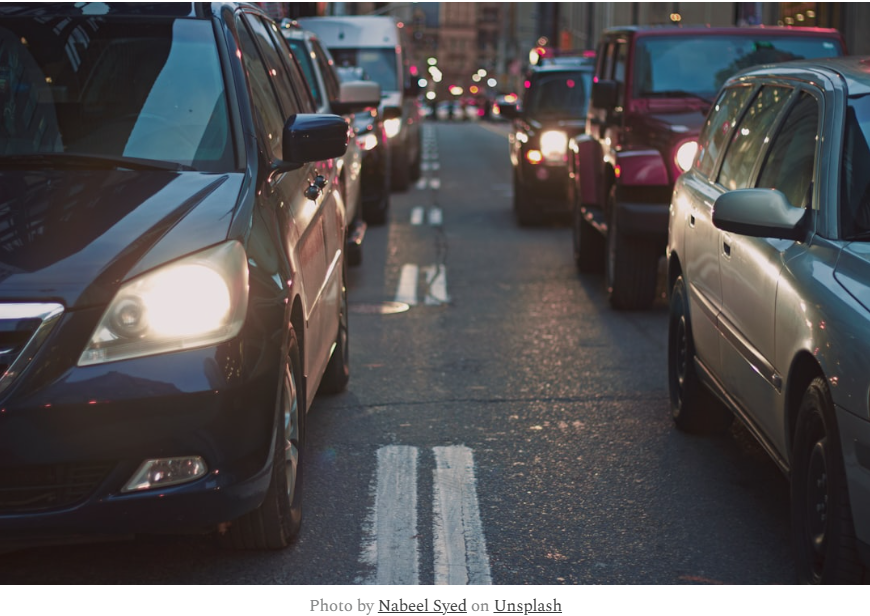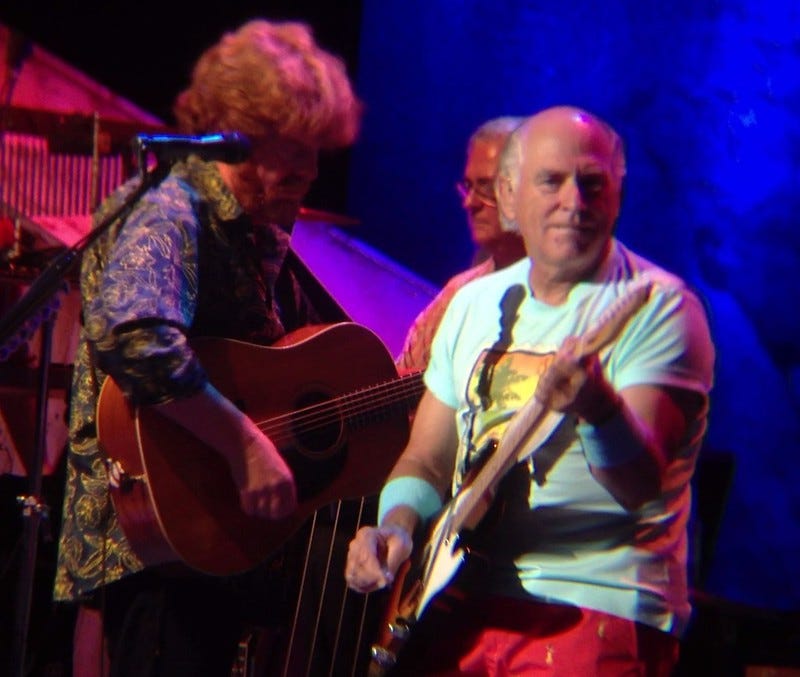
Growth, left unchecked, can have devastating effects on local communities. Smart-growth planning now will help avoid the more-damaging effects of unchecked growth down the road.
by Jay Brock
GUEST WRITER
If you think traffic in the Fredericksburg region is bad now … well, you ain’t seen nothing yet.
There’s a good reason why traffic is the No. 1 local concern for voters in the area: with I95 clogged on a regular basis, we have some of the worst traffic in the nation. And our local highways and main thoroughfares, as anyone who strives to navigate our roads is certainly aware, are increasingly congested.
Such congestion—so frequently seeming to be teetering on the verge of gridlock—is merely the most recognizable symptom of a dreaded disease afflicting the region: runaway growth.
To all appearances, that growth has been unplanned, uncontrolled, underfunded, and its effects on a locally deteriorating quality-of-life under-appreciated by the local officials we elect at regular intervals who are supposed to be responsible for the greater good—including both the interests of those of us who have lived here all our lives and those of us who have chosen to move here because of how attractive this area has been for generations.
Whether it is the quality of historic downtown Fredericksburg, the beauty of the Rappahannock River region steeped in the history of the Revolutionary and Civil Wars, or simply the opportunity of finding more affordable housing than available in the Northern Virginia suburbs, the Fredericksburg area—especially with resources such as the University of Mary Washington and the high quality of regional healthcare—has been a magnet drawing young and old for generations.
Saying that growth in the greater Fredericksburg region has been phenomenal over the past few decades might be an understatement. From 2010-2022, Fredericksburg grew by 18%; neighboring Spotsylvania County by 19%; and Stafford County by a whopping 26%.
In contrast, population growth for the nation and for Virginia were about 8% during those 12 years.
Projections for the next 25 years call for yet more growth.
What local leaders have yet to figure out is how to control that growth—how to make that growth work for, and not against, everyone living here.
That should be the responsibility of our local elected officials, working in concert with Virginia and Federal level office holders: manage growth to maintain the quality of life in the area before it deteriorates further.
How do we do that?
Foremost is regional cooperation. Local leaders must recognize that, like it or not, what one jurisdiction does mightily affects what happens to neighboring regions.
An obvious example: unplanned growth in one locality will increase traffic congestion in the next—every new adult likely represents a new driver, if not yet another vehicle added to an already overburdened transportation system.
Here’s where smart, planned growth comes in.
Start with building self-sufficient communities—where the need for a vehicle is markedly diminished. Rather than adding to our helter-skelter sprawl, let’s build new neighborhoods around a hub-and-spoke design, where everyday services such as food, entertainment, daycare, medical care, and shopping are so readily accessible to pedestrians—or by rapid, affordable, and efficient public transport—that there’s no need to get into your vehicle. Building apartments or condominium homes in low rise structures above ground floor shops and offices will also help keep essential services within walking distance. Such planning might mitigate the explosive rise in housing prices, and is one way to efficiently increase population density as well as limit traffic congestion.
Adding more traffic lanes just attracts more traffic, so an emphasis on an efficient and affordable public transport system is key. Unlike our current system, frequent and convenient bus service, both within and between communities, is a must so that people will prefer to use it rather than drive. Dedicated bus lanes are an important factor in many systems. Regional cooperation can ensure that these important needs are met.
Additionally, for true coordination, let’s merge building and transportation planning departments into a single entity.
Our region has much to be proud of. We should be dedicated to preserving our history, our battlefields and parks, farms and forests, and an historic and cherished downtown Fredericksburg and its charming neighborhoods.
Developers are only playing by the rules set out by the people responsible for making the rules—our elected officials.
Those rules and those officials who are responsible have so far failed to control growth. They have failed to produce smart growth. It’s time for that to change. Before it’s too late and we further lose what is so precious to area citizens: our quality of life.
Otherwise, you ain’t seen nothing yet.
Jay Brock is a retired physician living in Fredericksburg.

Local Obituaries
To view local obituaries or to send a note to family and loved ones, please visit our website at the link that follows.

Weather and Traffic

Support Award-winning, Locally Focused Journalism

The FXBG Advance cuts through the talking points to deliver both incisive and informative news about the issues, people, and organizations that daily affect your life. And we do it in a multi-partisan format that has no equal in this region. Over the past month, our reporting was:
$8 a month supports great journalism
- First to report Mary Washington Healthcare’s move to close Kid’s Station Daycare
- First to detail MWHC’s taking actions that undermine the viability of the Moss Free Clinic.
- First to detail and then expose the controversy surrounding the Riverbend High School swim team
- Providing the region’s best political coverage of the upcoming 7th District Congressional race.
For just $8 a month, you can help support top-flight journalism that puts people over policies.
Your contributions 100% support our journalists.
Help us as we continue to grow!





